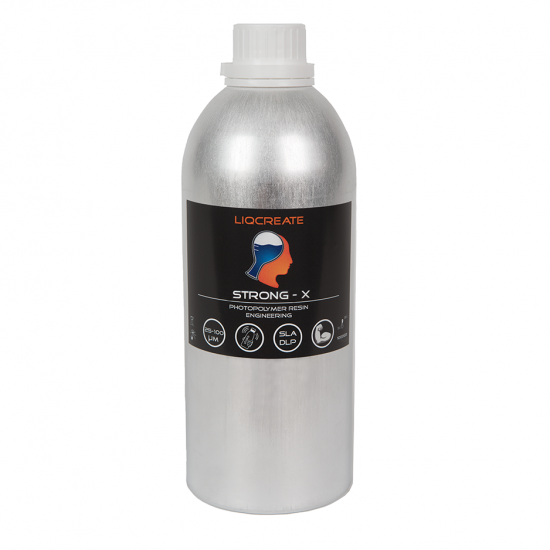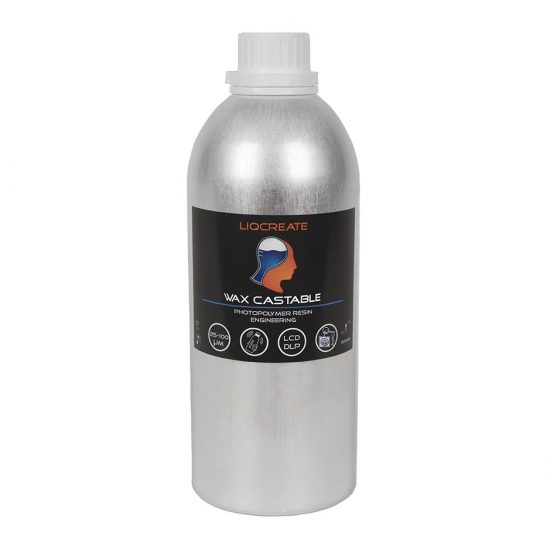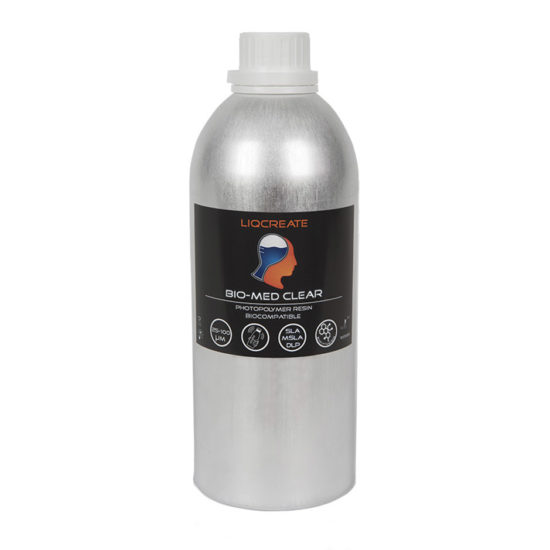The industrial 3D-printing market is changing rapidly with new materials, hardware and software. In the field of resin 3D-printing hardware, most major 3D printer manufacturers are unveiling new systems best fitted for end part production. These systems are built around continues DLP 3D-printing. In this article we explain how the continues resin 3D-printer works. Major companies in this field are Carbon3D with their DLS (digital light synthesis), 3D-systems and their Figure 4 technology, EnvisionTEC (ETEC) with the cDLM printers and Carima’s C-CAT technology.
What is continues resin 3D-printing?
In resin 3D-printing, a thin layer of liquid resin is cured by either a light source coming from a DLP module, MSLA or laser. After exposing a layer, the cured photopolymer is stuck on the bottom of the resin tank and the previous layer of the part. When lifting the platform, the part is released from the bottom of the resin tank and a new layer of liquid can flow under the part. By continuously repeating these steps, a 3D-part is printed.

Image by Phrozen 3D: schematic view of the differences between FEP and nFEP during printing.
With continues resin 3D-printing, the manufacturers change the FEP or nFEP film for a special oxygen permeable membrane. By doing this, oxygen will enter in the resin and locally can’t be cured in the first micrometers close to the membrane. This way the part is not stuck to the bottom of the resin tank and a continues motion is possible, like explained by EnvisionTEC’s CEO in the video below.
Which type of oxygen permeable membranes are used for continues 3D-printing?
When looking into the patents of for instance Carbon 3D, we can find that some specific types of Teflon AF films can be used. According to the patent “Any suitable materials that are semipermeable (that is, permeable to the polymerization inhibitor) may be used. For example, the polymer film or polymer film layer may, for example, be a fluoropolymer film, such as an amorphous thermoplastic fluoropolymer like TEFLON AF 1600™ or TEFLON AF 2400™ fluoropolymer films, or perfluoropolyether (PFPE), particularly a crosslinked PFPE film, or a crosslinked silicone polymer film. “
When looking into the datasheet for Teflon AF 1600 and Teflon AF 2400, you can see that these specific Teflon materials are developed for oxygen permeable applications. They are distinct from other fluoroplastics in that they are soluble in selected solvents and have high gas permeability
Table 1: Gas permeability including oxygen for the special Teflon AF 1600 and Teflon AF 2400 grades.
| Gas permeability | Teflon AF 1600 | Teflon AF 2400 |
| H2O | 1142 | 4026 |
| O2 | 340 | 990 |
| N2 | 130 | 490 |
| CO2 | n/a | 2800 |
Looking into the technology, basically all transparent thermoplastics that have good mechanical and optical properties, can be molded into a film and have a good oxygen permeability can be used for this application.
Why not continues 3D-printing with LCD & MSLA technology?
All current suppliers use DLP technology for their continues printing technology. The reason is that the DLP can be set in-focus on the membrane and that the membrane if free-floating from the bottom. So from the bottom the oxygen can freely enter the film. With LCD based technology, the FEP sheet need to be as close to the LCD as possible, otherwise the pixels won’t be sharp enough and you lose a lot of accuracy. Because the LCD is right below the membrane, the oxygen can’t really enter. That is why DLP is much more convenient for continues resin 3D-printing.
What kind of resins can be used for continues 3D-printing?
The reason that the part does not cure on the bottom of the oxygen permeable membrane, is because the resin is saturated with oxygen. This oxygen will block polymerization and keeps the liquid actually a liquid. So only resins that are sensitive to oxygen inhibition can be used. Most of the standard acrylate, methacrylate or urethane acrylates have this side-effect and can be used for this technology. Unfortunately all above mentioned brands do not offer an open platform for 3rd party materials. When an open continues resin 3D-printer arrives, we expect that Liqcreate resins can be used and are eager to validate our portfolio resin. We hope this was an interesting and educational read, if you have any questions, comments or ideas, send us an e-mail at info@liqcreate.com
Support
Do you need any help with 3D printing our SLA, DLP or LCD resins? We can help you! Just look for the question you have below. If you can’t find it, let us know by contacting us!


